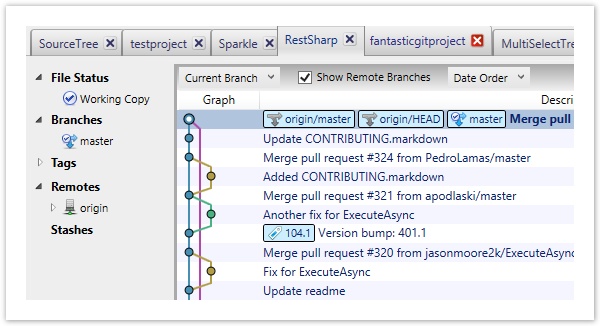

If you don't know the difference, keep Git as the default system. First, lets open Sourcetree and pick a repo that has large files in it. If you already have files that you want to add to your repository, select No from Include a README? Otherwise, go with the default option or select one of the included README options. Keep access to your repository set to Private unless you want to make your repository public so that anyone can see it. Note: Any special character used in naming your repository will be converted to an en dash in the repository slug. Make sure your repository name is under the 62 character limit, which is put in place to limit the size of the repository slug which appears in the URL. Select a project from the Project dropdown menu or Create new project at the bottom of the menu to create a new project.Įnter a Repository name that will describe your repository and appear in its URL.

Ideally, Id like to set P4Merge as the default tool for all users. Select the Create button and select Repository from the dropdown menu. I am using the Enterprise MSI installer in an academic lab environment. Using Sourcetree only locally is a perfectly fine way to develop a solo. As a result, you can't create two repositories with names that result in the same URL. USING SOURCETREE WITH UNITY Now that you know how to. If you name a repository with upper case letters, you'll see the name with upper case letters in Bitbucket, but Bitbucket converts the name to all lower case in the repository URL. From there, you can clone your repository to your local system and start working on it. Whether you have no files or many files, you'll first want to create a repository on Bitbucket Cloud.


 0 kommentar(er)
0 kommentar(er)
